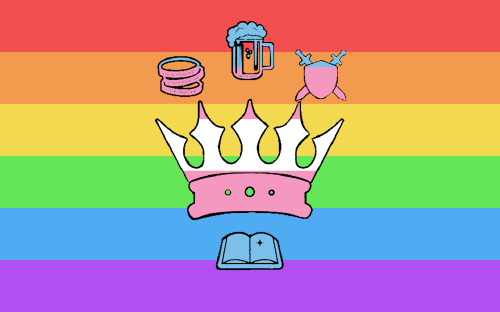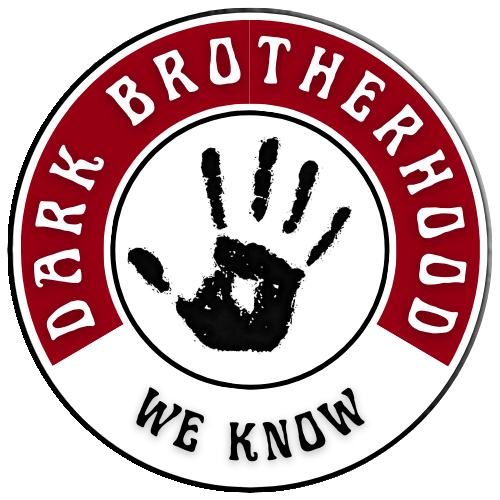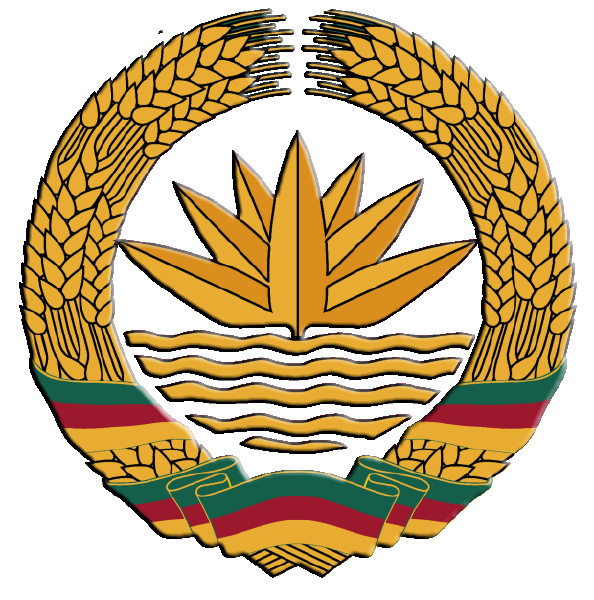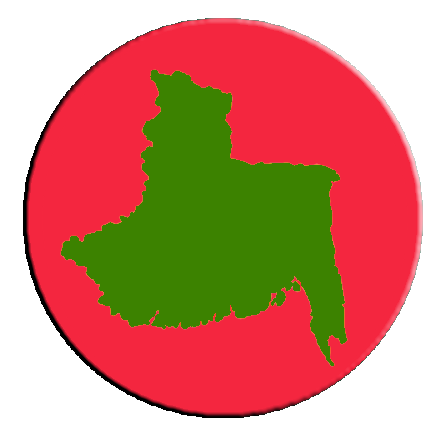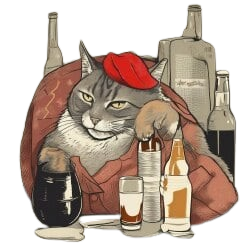| History: |
The imagination of the United Bengal came into existence during the struggle for independence against British Rule in the Indian Subcontinent. After the British fled the region, Bengal was divided along religious lines between the two new nations of India and Pakistan. The Muslim and Hindu extremists belonging to the Muslim League, Jamaat-e-Islami (JeI), Hindu Mahasabha (HM) and the Rashtriya Swayamsevak Sangh (RSS) perpetrated communal violence and killings during the partition. Various secular parties such as the Congress, Awami League, Communist Party and the Krishak Sramik Party fought valiantly against such forces, reducing the effect of Partition compared to the Punjab and Sindh regions. Over the first two years after partition, the horrors of partition and secular propaganda weakened the communal forces amongst both Hindus and Muslims. This mainly affected Hindu Mahasabha and the Jan Sangh, whose main bases were in West Bengal and who didn't enjoy the support of the Indian Government. The first provincial elections in West Bengal saw the Indian National Congress winning 152 of the 300 seats. In comparison, the Praja Socialist Party (PSP) and the Communist Party came second and third with 51 and 38 seats, respectively.
The provincial elections of East Bengal conducted two years after the formation of Pakistan, saw the Awami League (AL) securing a majority with 190 seats out of 350 seats, followed by the Muslim League and the Kisan Shramik Party (KSP) securing 67 and 39 seats respectively.
The healing of wounds of partition, shared language, the effects of the Bengali Renaissance, which built a united cultural identity, and the neglect faced by the people of East Pakistan region at the hands of the Pakistani government led to the intensification of the demand for a united Bengal. The movement and the protracted war were jointly led by the forces belonging to the Awami League, the Communists and the Socialists. The Muslim League and the Congress opposed the unification and independence of Bengal. As the United Bengal movement gained momentum, fractures appeared within the Congress organisation. Many Congress leaders left the party to form the Bangla Congress (BC) and joined the United Bengal movement merely 2 years into the first provincial West Bengal government. Many members of the Muslim League left the party due to its stance on the independence of Bengal and formed the Nizam-e-Islam (NeI) party. Meanwhile, the Communist Party in India launched peasant Rebellions in the Tebhaga and the Twipura regions led by Harekrighna Konnar and Dasrath Deb with limited support from the PSP parallel to the United Bengal movement, creating tensions between them and the Bangla Congress, who enjoyed backing from the landlords. Similar small-scale movements were led in various villages of East Bengal by the socialists within the Awami League and the communists. The CP in the Dhaka region launched a food movement against rises prices led by Nepal Nag. This inspired urban communists in Kolkata, Rajshahi and Howrah. The most significant impact was seen in Kolkata. Jyoti Basu, the leader of the CPI in the West Bengal Assembly, had a fiery speech which led to his arrest from within the legislative building, with a scuffle breaking out between the Congress and the Communists inside the parliament. This was published live on Bengal television and radio, enraging the urban poor. The Socialist Parties and the Forward Bloc (FB) - the political formations made by the Indian Independence hero Netaji Subhash Chandra Bose - extended support to the food movement later.
The United Bengal movement succeeded in securing independence from both countries and merged to form the new United Bengal in merely a decade. A provincial government for the making of the constitution was formed, with the new constitution coming into effect. The constitution proclaimed the new nation to be governed under the principles of participatory democracy, with 563 seats and 6 reserved seats for Buddhist, Anglo-Indian Christian and Sikh minorities. United Bengal was rebranded as the Democratic Republic of Bengal.
During the United Bengal movement and formative years of the new republic, ideological disagreements propped up in the largest political formations of both East and West Bengal - The Bangla Congress and the Awami League on land redistribution, nationalisation and welfarism. This led to a major split, with old socialists parting ways with the majority centralist and liberal factions. The Congress Socialist Party (CSP), led by Jogesh Chandra Chatterjee and the National Awami Party (NAP), led by Maulana Bhashani, came into existence with significant pockets of influence. Maulana Bashani was an eloquent writer and spokesperson of the United Bengal movement in East Bengal, and this led to considerable influence over the people of East Bengal. The NAP under him grew rapidly, with various smaller left parties and organisations joining the new party. In West Bengal, the CSP attracted sections of the erstwhile Anshulan Samiti and the Hindustan Republican Army. The remnants of the Indian National Congress remained themselves as the National Congress (NC), Pakistan Muslim League as the Bengal Muslim League (BML), and the Bhartiya Jan Sangh- the political arm of the RSS as Bangla Jan Sangh (BJS). The Communist parties of the two regions merged to form the Communist Party of Bengal (CPB).
As the first General Elections for the Jatiya Parishad (lower House of Parliament) approached, ideological conflicts crystallised into the formation of 4 electoral blocs, namely -
Democratic Front (DF) consisting of BC, AL, NC, and the Congress (Jacob), popularly called the Christian Congress (CC). The joint manifesto outlined its free market policy, limited social welfare, voluntary land reforms, and secular education. In Foreign Policy, supported closer ties with India and integration with the WTO and IMF.
United Left Front (ULF) consists of CPB, NAP, CSP, PSP, KSP, and FB. Their manifesto included extensive land reforms, nationalisation of power and strategic industries such as Steel, Aluminium, and Bauxite, and promoting secular education. In Foreign Policy, they advocated joining the Belt and Road Initiative and reinvigorating NAM.
Muslim Unity Front (MUF) comprises NeI, JeI and the BML. They called for the unity of Muslims against the threat of Hindus and Atheists, the privatisation of industries, making Madrasa education mandatory, and the implementation of the Sharia. It received support and advocated for closer ties with Arab Nations.
Hindu Resurrection Front (HRF) consists of the HM and the BJS. They called for the unity of the Hindus against the Muslim threat, privatisation of industries, stricter conversion laws for the Hindus, and opposition to the secular and atheists against the demonisation of Hindu practices of Caste System, religious education, and the laws enshrined in the Manu Smriti. It enjoys support from the growing Hindutva movement led by the RSS in India. It finds it closer to Israel, the USA, and the Military Junta in Myanmar in foreign policy due to their anti-muslim and anti-socialist stances in internal and Foreign policy.
Results of the 1st General Elections (Total Seats: 569)
Blocs wise performance:
DF: 176 (BC: 69, AL: 89, NC: 16, CC: 2)
ULF: 273 (CPB: 96, NAP: 54, CSP: 46, KSP: 45, PSP: 21, FB: 9)
MUF: 44 (NeI: 23, BML: 11, JeI: 10)
HRF: 28 (BJS: 22, HM: 6)
Non-Aligned/Ind (NA): 42 (Schedule Caste Federation: 29, National Union of Minorities: 2, Greater Twipura Party: 4, Ind: 7)
Reserved for Buddhists: 3
Reserved for Anglo-Indian Christians: 2
Reserved for Sikhs: 1
No party/bloc won a clear majority. As a result, the interim Premier invited the Communist Party - the largest party in the parliament to try and form a majority coalition government. While the United Left Bloc secured 274 seats, 285 seats were required to secure a majority in the Jatiya Parishad, and post-poll talks with the Scheduled Caste Federation succeeded in securing a majority. The minimum action program of the ULF was expanded to include
1) Reservations for the various Dalit communities in government jobs and educational institutions.
2) Dalit landless labourers will secure 15% of all lands redistributed at the tehsil level.
The parliament elected Jyoti Basu of the CPB as the Prime Minister and Maulana Bashani of the NAP as the Deputy Prime Minister.
In his first address to the parliament, PM Jyoti Basu announced the intention of the government to deliver on its promises of Land Reform, nationalisation of power industries, and increase in social welfare measures for the urban poor immediately. While the government coalition is led by the CPB, the policies pursued are largely social-democratic due to the pressures of its allies.
|


